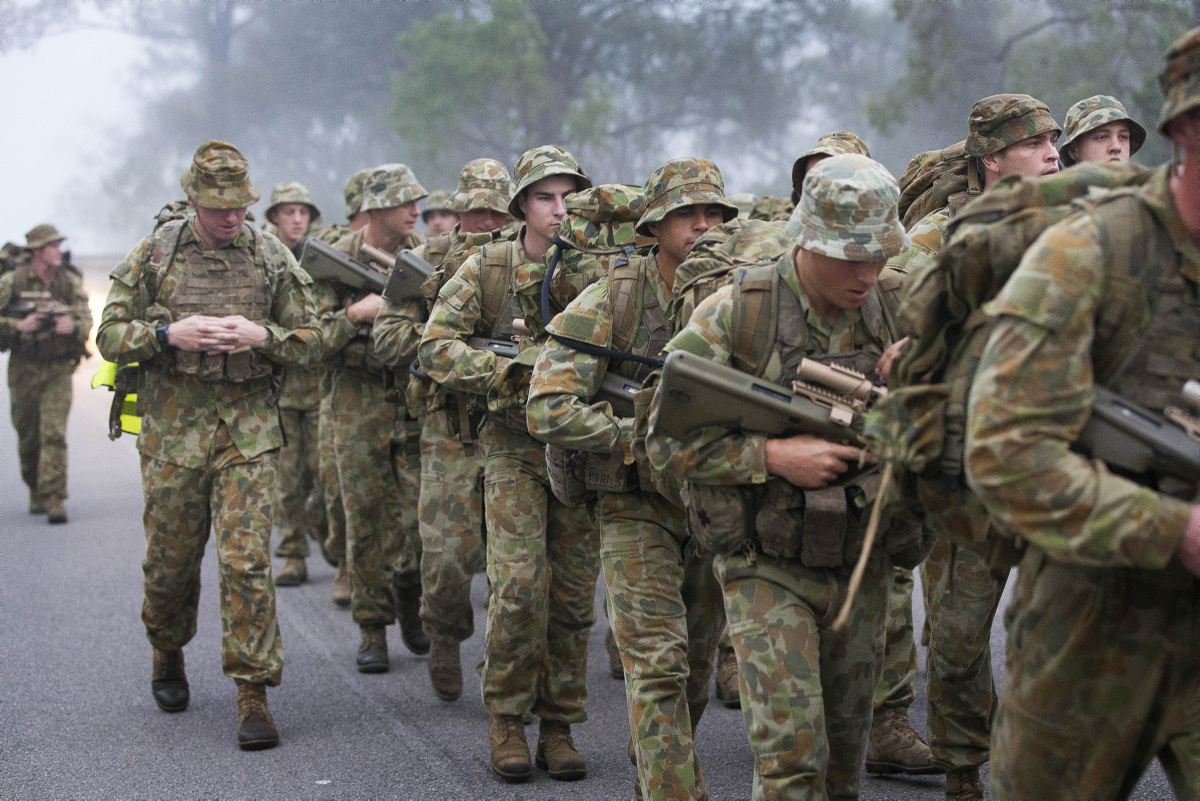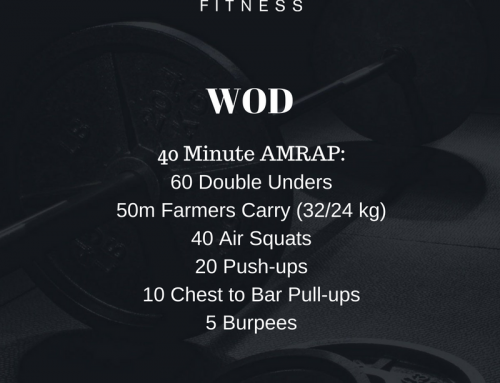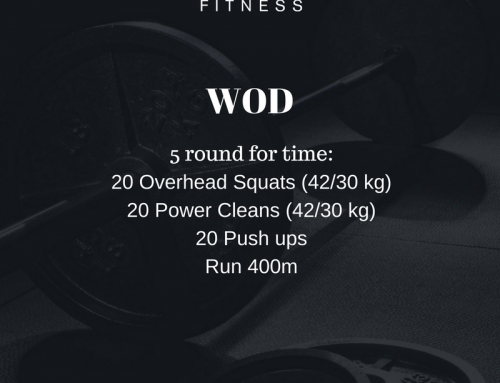The ability to carry loads over large distances has been an important aspect of soldiering for thousands of years. The ability to move across the battle field without fatigue inhibiting a soldiers ability to fight is just as important for the tactical athlete today as it was for Hannibal and his Army in 218 BC. For the civilian population hiking through mountains with weight is not a task you want to do without the correct preparation and training. This is the ADF Fitness guide to developing your ability to pack marching and hiking.
How to improve?
The majority of the time Strength will be the limiting factor for improving your pack marching. The major muscle groups used are your legs, core and back. We also want to pay some attention to calves, shoulders and upper back. It is vital these muscles are strong and have the stamina to last extended periods of pack marching. Integrate the strength training with progressive pack marching and you have a plan to succeed.
Pack Marching has certain negative effects on the posture mechanics as you fatigue and struggle to keep up with the load. What we see is an increase in the flexion of the trunk and and an increased forward position of the head. It has been found that there is a positive correlation between triple extension strength of the hip, knee and ankle and ability to cope with increased lower back loading during Pack Marching. Shoulder and Back Strength was also found to be crucial in this regard.
So what Exercises can I do?
Ideally exercises which are going to develop strength in the muscle groups we mentioned above…..makes sense right?
Deadlift – For us Deadlifts are one of the golden exercises when looking to improve clients pack marching ability. The deadlift hits almost every muscle group we are looking to strengthen. For best results ensure you focus on both the concentric and eccentric aspects of the exercise. What does this mean? Often when assessing clients we see they stand the deadlift weight up fine (concentric) but fail to lower it under control (eccentric). The lowering of the weight under control, the eccentric component, is not often taught as an important part of a deadlift. The eccentric allows you to incorporate more muscle fibres and develop strength more effectively than dropping weight to the ground without control.
Front Rack Walking Lunges – Doing walking lunges is great for improving some leg strength and for getting those glutes firing. Doing Walking lunges with weight in the front rack position is even better. Not only are we developing our leg strength but also developing our lower back, upper back, abdomen, and shoulders as your body braces to hold the weight in a good postion. It is important with this exercise to really focus on keeping a good upright torso position with glutes engaged, shoulders back and core tight.
Shankle Complex – Developed by Donnie Shankle, a US Olympic weightlifter, to develop strength in areas of weakness. The Shankle complex consists of 1x Deadlift, 3x Hang clean high pulls, 1x Hang Squat Clean, 2x Split Jerk. This barbell complex is excellent for those that have the experience and the coordination to perform the movements and will definitely help in strengthen all the right muscle groups.
How often should you pack march?
There is no real consensus or data that shows what the best method, frequency and duration is for improving your pack marching. Studies have attempted to compare various training programs and measure what areas see the greatest improvements. One of those factors was frequency. What a lot of programs agree on is that when it comes to frequency those who perform two loaded marches per week are in the optimal position to improve. Simply because you have adequate rest and recovery time in between pack marches and any supplementary training you are doing.
Like all type of training it is important to constantly change the intensity, duration, and distance you are covering in your pack marches. It is just as important for your development to integrate both higher-intensity 5km pack marches and less intense 10km pack marches.
Other aspects of training to take into consideration are:
- Progressive Shuffling (not running)
- Progressive loading
- Load Training – ensuring that the large majority of training is completed at weight you will be using either on Ops or when hiking
- Integrating Deload phases
- Spending extra time on mobility and prehab
- Mission specific training – if you know you are going to be required to carry 40kg for 15km a day for 2 weeks then adapting your training to meet these requirements is probley a smart idea
Other tips
For most serving members these tips wont be very eye opening but nevertheless are worth the read.
- Break your boots in – wear them in a hot shower and walk around in them for a good hour or more afterwards, wear them for at least an hour a day after that.
- Feeling a hot spot? stop straightaway and tape it before you get a blister. Second skin is a useful and cheap option to help prevent blisters.
- Use insoles for good heel and arch support
- Wear a thin pair of tight fitting socks under your thinker hiking socks to help prevent blisters.
- Don’t run – learn to shuffle
Before conducting weighted training you should always consult with a health professional. Longer than usually warm-ups and cool downs will help to prevent injury.
If you have any questions for us then please Contact Us or comment below.
You can learn more about ADF Fitness by seeing what we have to offer.








Leave A Comment